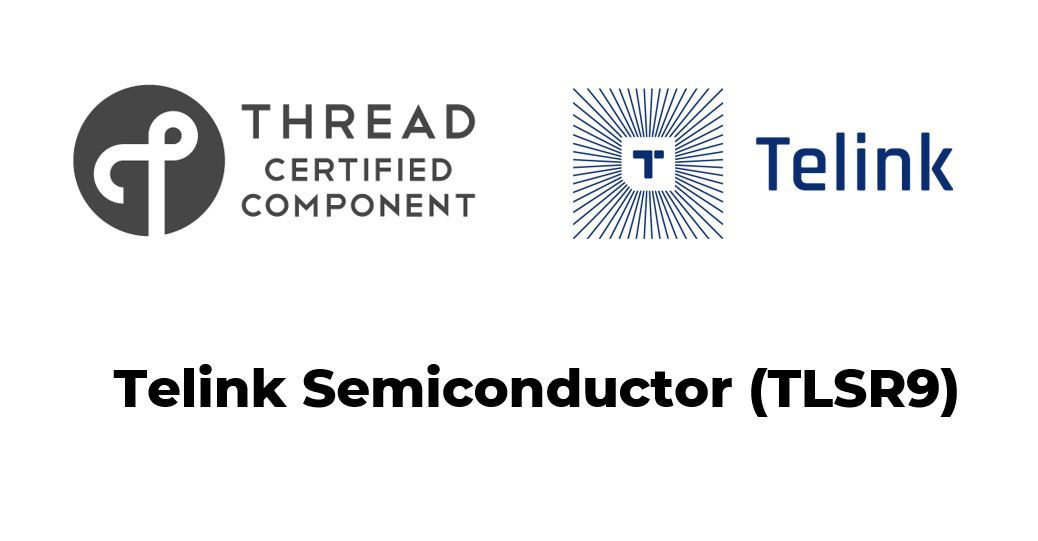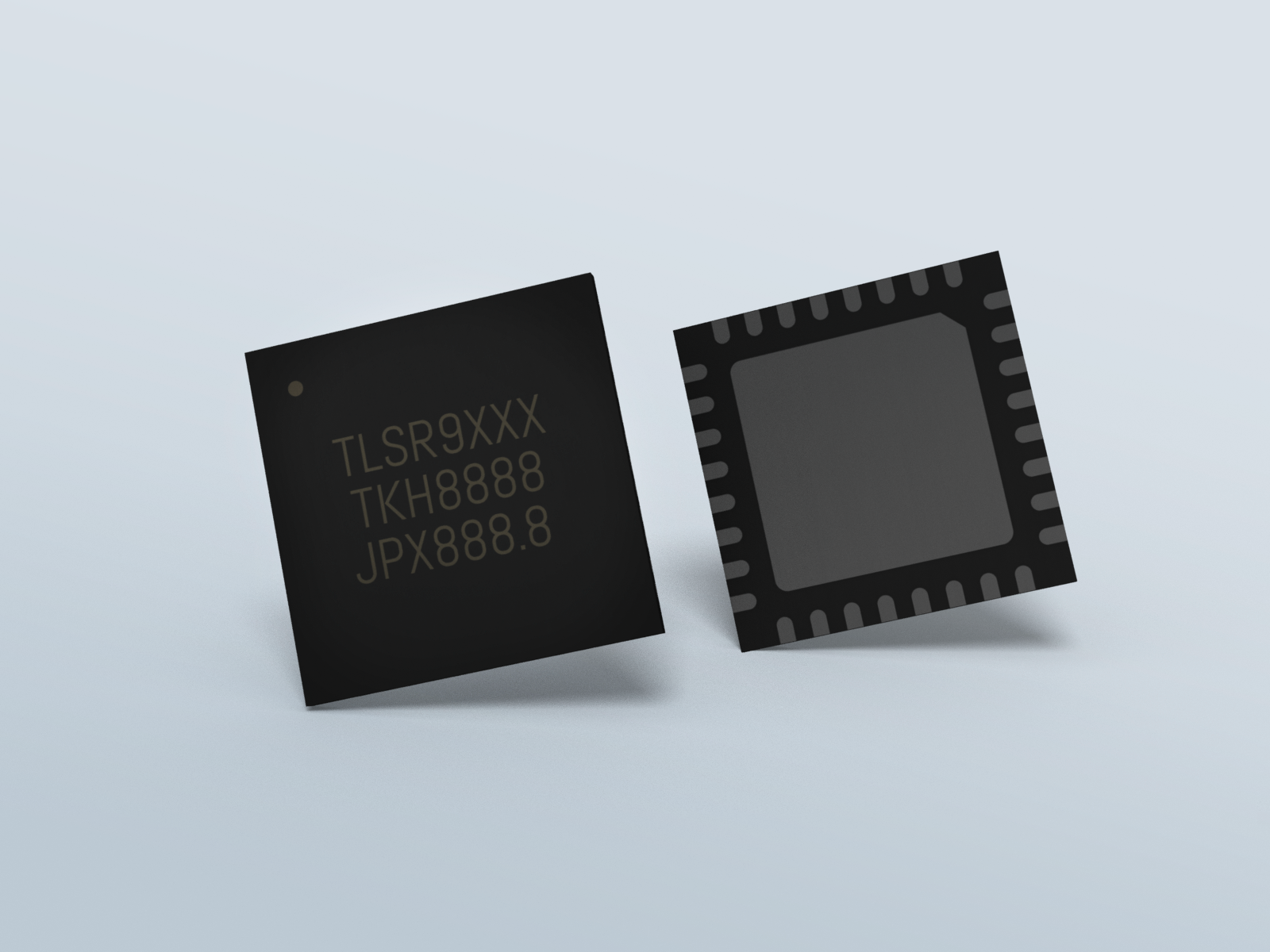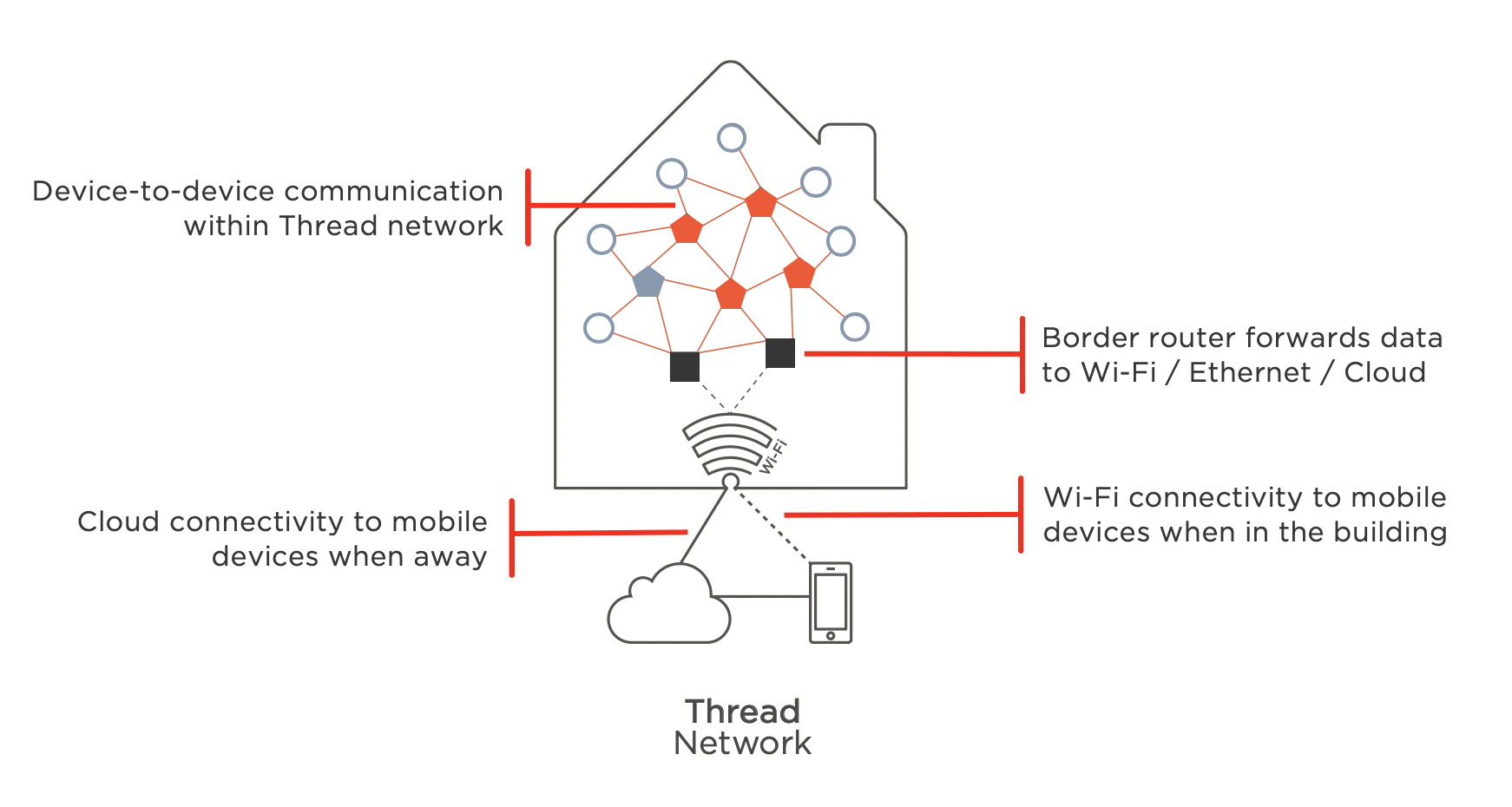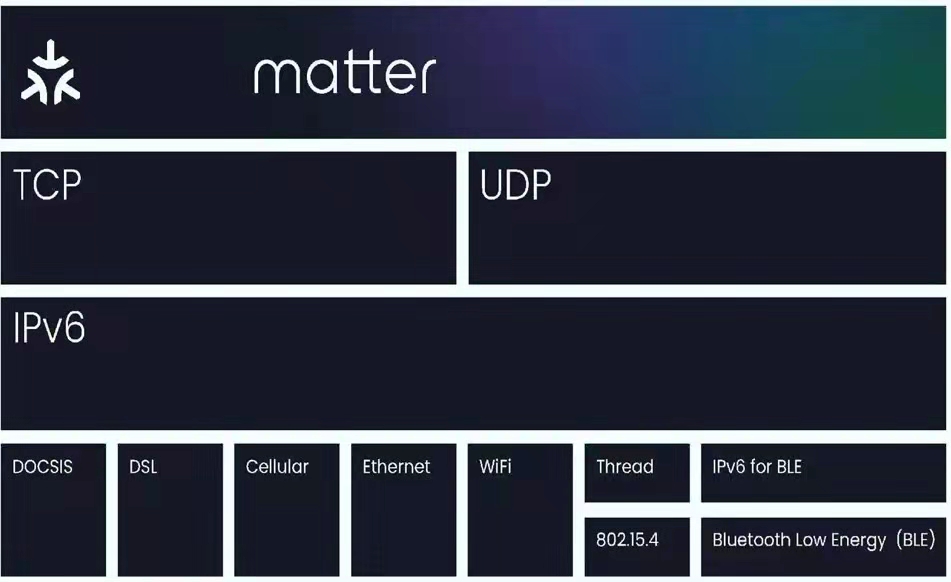



PLEASE ROTATE ME


Telink Staff
September 29, 2021

Recently, Telink Semiconductor’s TLSR9 series of high-performance SoC chips received China’s first Thread certification from UL, which can support all device types of the Thread standard. The Thread certification shows that the Telink TLSR9 series chips meet the Thread technical specifications, which can help customers quickly develop IoT smart devices that comply with both the Thread protocol and Matter standards. Matter uses protocols like Thread to make the interoperability of smart devices simpler and safer.

As of today, the TLSR9 series chips have successfully achieved mass production. With this certification, TLSR9 is now a low-power IoT chip with Bluetooth 5.2 certification, Zigbee 3.0 certification, and Thread 1.1 certification. As Telink’s latest flagship product, the TLSR9 series supports a variety of leading IoT standards and industry alliance specifications on a single chip, including traditional Bluetooth (BR/EDR), low energy Bluetooth (LE), long-distance Bluetooth (Long Range), multi-antenna indoor positioning (AoA/AoD) Bluetooth Mesh (BLE Mesh), Zigbee 3.0, Apple HomeKit, Thread, Matter and 2.4 GHz proprietary protocols. With standard 256KB SRAM and 1 MB~2MB Flash, the TLSR9 series chips also integrate the features required by high-performance IoT devices, wireless audio, and wearable products into a single chip.
As a high-performance SoC chip, the TLSR9 series integrates a powerful 32-bit RISC-V MCU with a maximum operating speed of 96MHz. It also supports a 5-stage pipeline and has a computing capacity of DMIPS 2.7/MHz and CoreMark 3.41/MHz. In addition, the chip also integrates DSP extended instructions and floating-point arithmetic modules, which is convenient for customers to develop various complex algorithms. Some TLSR9 series chips also have a built-in high-performance AI engine, which supports the optimized operation of various neural networks such as DNN, LSTM, and RNN. It can also support the acceleration of vector linear algebra operations, which greatly improves the audio and signal processing capabilities and is conducive to voice activation. Keyword recognition, heart rate detection, sensor fusion and other functions required by low-power smart edge devices are supported as well. TLSR9 series chips also successfully run on FreeRTOS, Zephyr, Nuttx and other embedded operating systems to facilitate the development of various products.
For more information about the TLSR9 series, please visit the Telink Wiki page: http://wiki.telink-semi.cn/wiki/chip-series/TLSR921x-Series/

Thread uses the IEEE 802.15.4 MAC/PHY standard, which is an IPv6-based low-power wireless mesh network communication protocol that supports connections between devices and the cloud. Thread can resolve the most difficult connectivity problems when it comes to the Internet of Things (IoT). It also can handle a wide range of contextual applications — such as smart home appliances and automated lighting and energy management in both home and commercial settings — to create a “smarter” life.
While Thread was originally designed for smart home applications, it has now been successfully introduced into commercial areas, like smart offices and smart office buildings. Today, it is one of the most mainstream wireless communication protocols with great potential for further development.
In May 2021, the Connection Standards Alliance (CSA), formerly known as the Zigbee Alliance, released Matter, a secure smart home interoperability protocol. Initially known as the Project Connected Home over IP (CHIP) standard, Matter’s development was overseen as a joint effort by tech giants Amazon, Apple, Comcast, Google, Samsung SmartThings and CSA.
Matter is a unified IP-based connectivity protocol built on proven technologies, helping connect and build reliable, secure IoT ecosystems. This new royalty-free connection standard technology enables communication between various smart devices. Matter will also be recognized as a sort of benchmark, demonstrating that products built on this standard are inherently reliable, safe in design, and widely compatible.
Matter makes it easier for device manufacturers to develop devices that are compatible with smart home and voice assistant services, such as Amazon Alexa, Apple HomeKit’s Siri, Google Assistant, and Samsung SmartThings. The first specification version of the Matter standard will use Thread as the main low-power networking underlying technology and low-power Bluetooth connections to simplify the network configuration process.

Additional key technical features include:
With Matter, consumers and businesses alike can freely and confidently choose the brands they want to use in smart homes or commercial buildings knowing that the devices will be seamlessly connected. Home users — especially those who have a variety of smart home devices like smart locks, thermostats or smart speakers — can easily add new devices with the Matter mark through simple steps and integrate them within an existing smart home ecosystem. Enterprises — especially those that run on connected systems — can rely on the same network to ensure smooth operations.